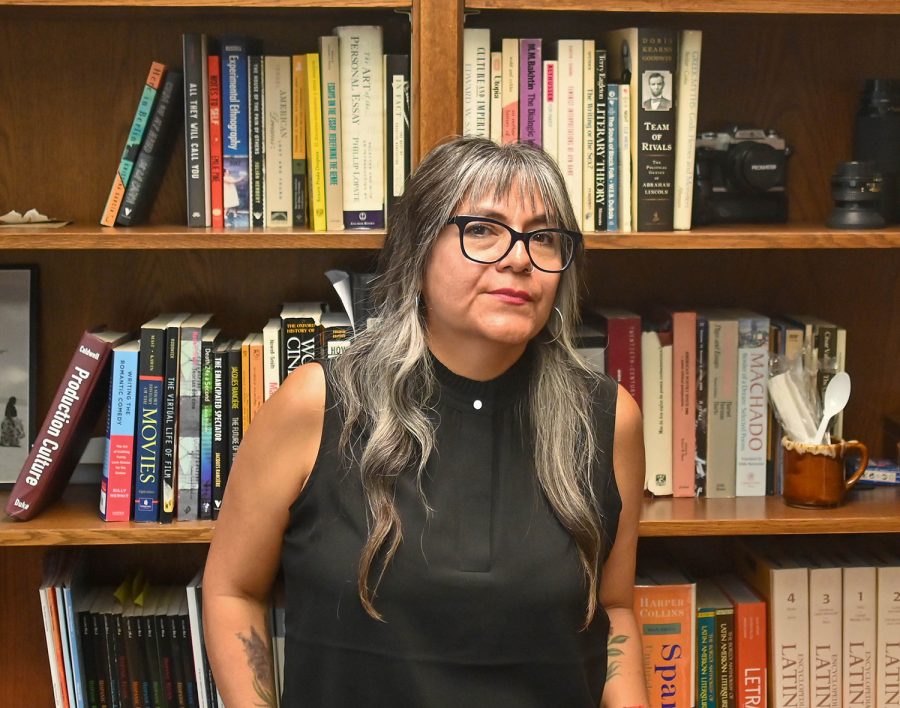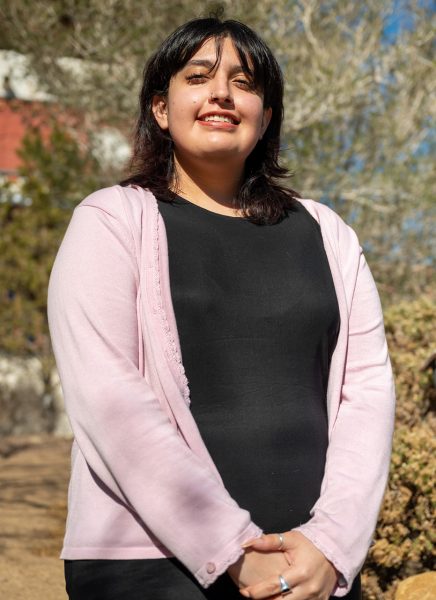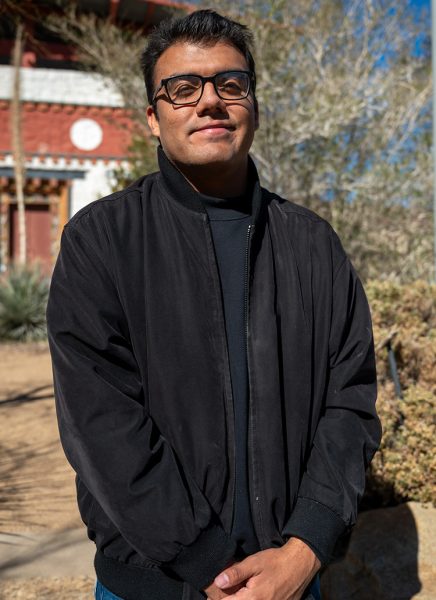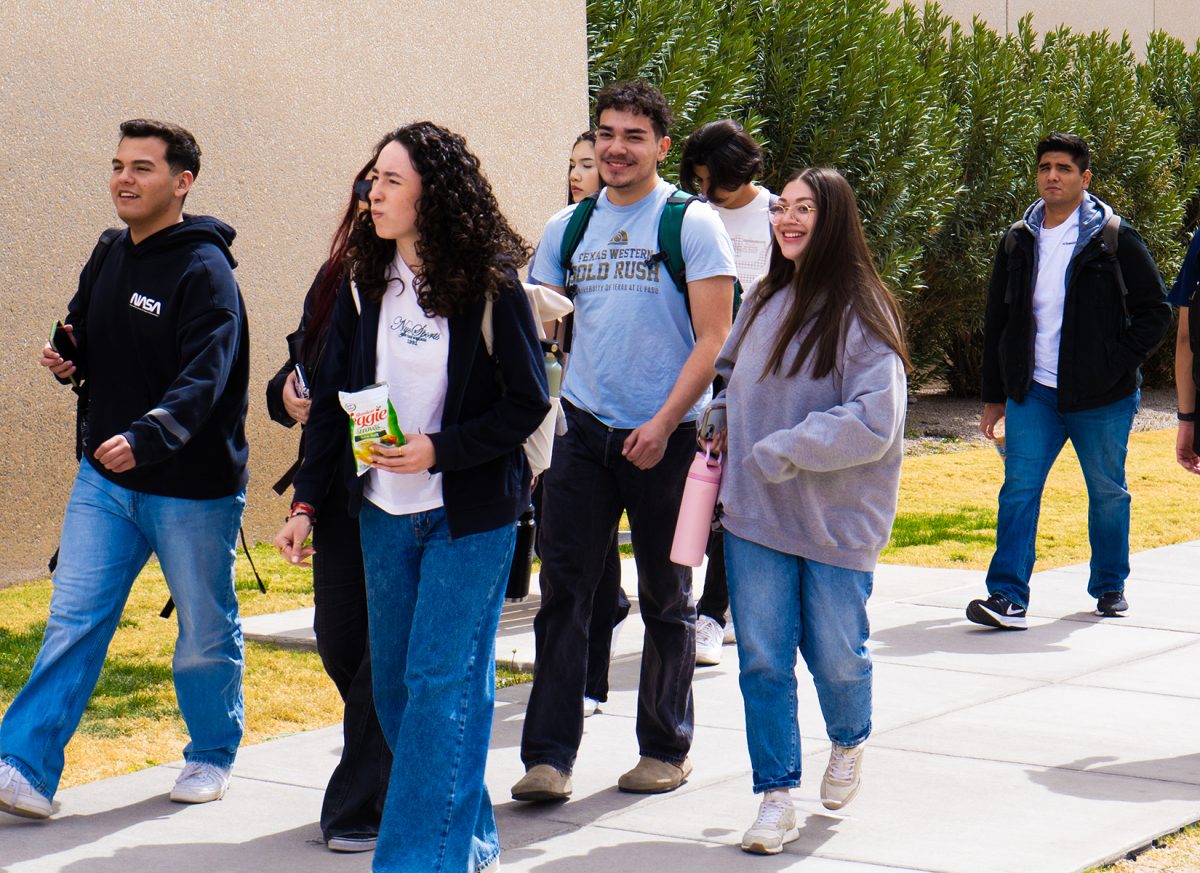When it comes to accessibility in education, the UTEP Creative Writing Department created the online Master’s of Fine Arts (MFA) in creative writing program for students who are passionate about the field and eager to learn from writers across the globe.
“The program started accepting students once a year, and we had a very small cohort,” said Professor Sylvia Aguilar Zeleny, awarded author, professor and advisor for the program. “And it has grown so much ever since.”
This one-of-a-kind program was originally curated by Professor Lex Williford. He, along with other faculty in the department, later helped accommodate students by providing the entire platform digitally while they navigated a post -pandemic world.
The courses are completely online, making them available to people on an international scale, as long as they have a bachelor’s degree prior to application.
In addition to its wonderful accessibility, the online MFA in creative writing has many talented professors that teach a large range of subjects or cover dozens of different fundamental and specialty courses.
Zeleny mentions the platform the program runs on makes curriculum that is the same as a residential program special since writing and workshops are tackled in a different manner. While some professors are set and have been working in the program for a long time, others are rotated in from all over the world as guest professors.
“So along with the main faculty of the program, we’ve had the possibility of having authors who live outside of El Paso to teach for our students,” Zeleny said.
From poets like Natalie Diaz, to language workers like JD Pluecker, to writers like Carribean Fragoza or Jessica Powers, the online MFA in creative writing does an amazing job connecting students with incredibly talented authors. Even better is the fact that they teach across multiple genres, so students have a wide variety of subject interests to choose from.
In terms of the coursework and how learning is tackled, most of the education looks just like any other university classroom.
“Everything else is pretty much asynchronous through the platform,” Zeleny said. “Each professor manages the classes different, but we have lectures paired with video or audio, discussion boards, exercises (and) readings online.”
A highlight of the program is the flexibility of the schedule. While the pandemic brings an onslaught of challenges for many individuals, it completely reshaped the current era of teaching and made education more accessible to those who need time or to learn from a different location. It also impacted how students could connect amongst each other and with their professors.
“We can say many things about the pandemic, but I think it also provided us with the possibility or the need to connect a bit more,” Zeleny said. “We started doing some Zoom check-ins. It was not necessarily a class, (or) a requirement of the class, but (more like) let’s get together and talk a little bit about what you’re writing, what questions you have, etcetera.”
The purpose of the Zoom check-ins was for students who needed extra time throughout their weeks, but the professors found that each person in their classes still made the meetings despite them not being mandatory. These monthly meetings were a great way for students to connect with peers on a digital platform while also touching base with professors on their writing.
The online MFA in creative writing offers plenty of foundational courses but still offers a wide range of specialty courses to take. Whether it is “Women at War” or “Young Adult Novels,” students get to experience different topics that their professors approach with a similar enthusiasm.
Certain classes can also be visually engaging as one visiting professor taught a course that took a photo album and focused on turning it into writing. The program shows that various forms of art can be incorporated with writing in many original ways.
With students from across the globe, this program gives students access to their creativity through writing from across the globe. The different backgrounds and the options to present work in Spanish also creates more opportunities for learning and a better sense of community.
“I have students that have been in Japan (and) Dubai,” Zeleny said. “I (currently have) a student that is in South Africa, I have students from Argentina. We have had students from Colombia and all over the U.S. It’s not only a possibility for them to write, but to create a community. So that brings also richness and diversity.”
Meagan Garcia is the arts & culture editor and may be reached at [email protected].













